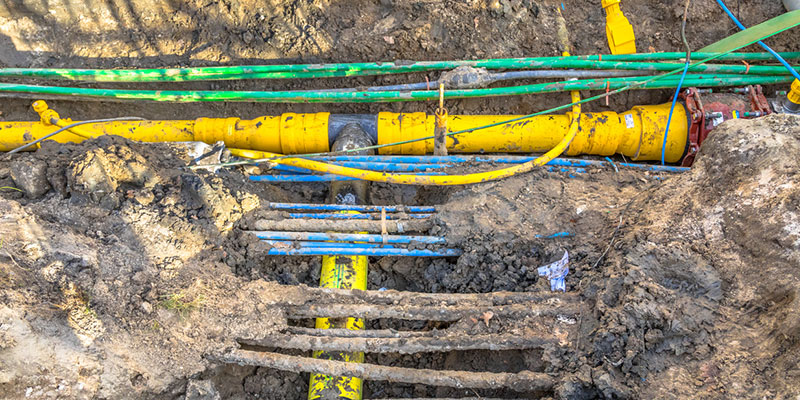
When you need to route a line underground but do not want to dig a giant trench all along the path then directional boring may be the best option. Directional boring drills a shallow whole, underground, arcing below the surface of the ground. From there it can be enlarged, and something can be sent along the hole that needs to be trenched but does not need to be trenched because all of the digging happened underground. Here are 5 uses for this technology.
- Power Cables: Power cables are a great thing for directional boring when lines need to be extended a bit around existing infrastructure.
- Fiber Optic Cables: One type of cable that often needs extending is a fiber optic cable. Especially as high-speed internet becomes the standard, more and more existing infrastructure will need to be connected with underground cables.
- Water and Sewer: Water and sewer lines can also be installed with directional boring. As directional boring becomes cheaper, horizontal directional drilling (HDD) is becoming more popular for large scale infrastructure building like water lines and sewage.
- Gas: Natural gas lines can be installed using directional boring. Usually with the constraint of not wanting to disturb the surface above where it is being built.
- Oil: This is not a very common type of line that is directionally bored. It can be very expensive and has limitations to bore oil lines. However, there are many environmental constraints that may lead to more and more directionally bored oil lines in the future. Consider a protected landscape; trenching the place may not be allowed, so boring should be used.
As directional boring becomes more advanced and less expensive it will be used for more and more things. It is an ever-growing industry, so make sure to be aware of the uses of directional boring and stay ahead of the changes.
